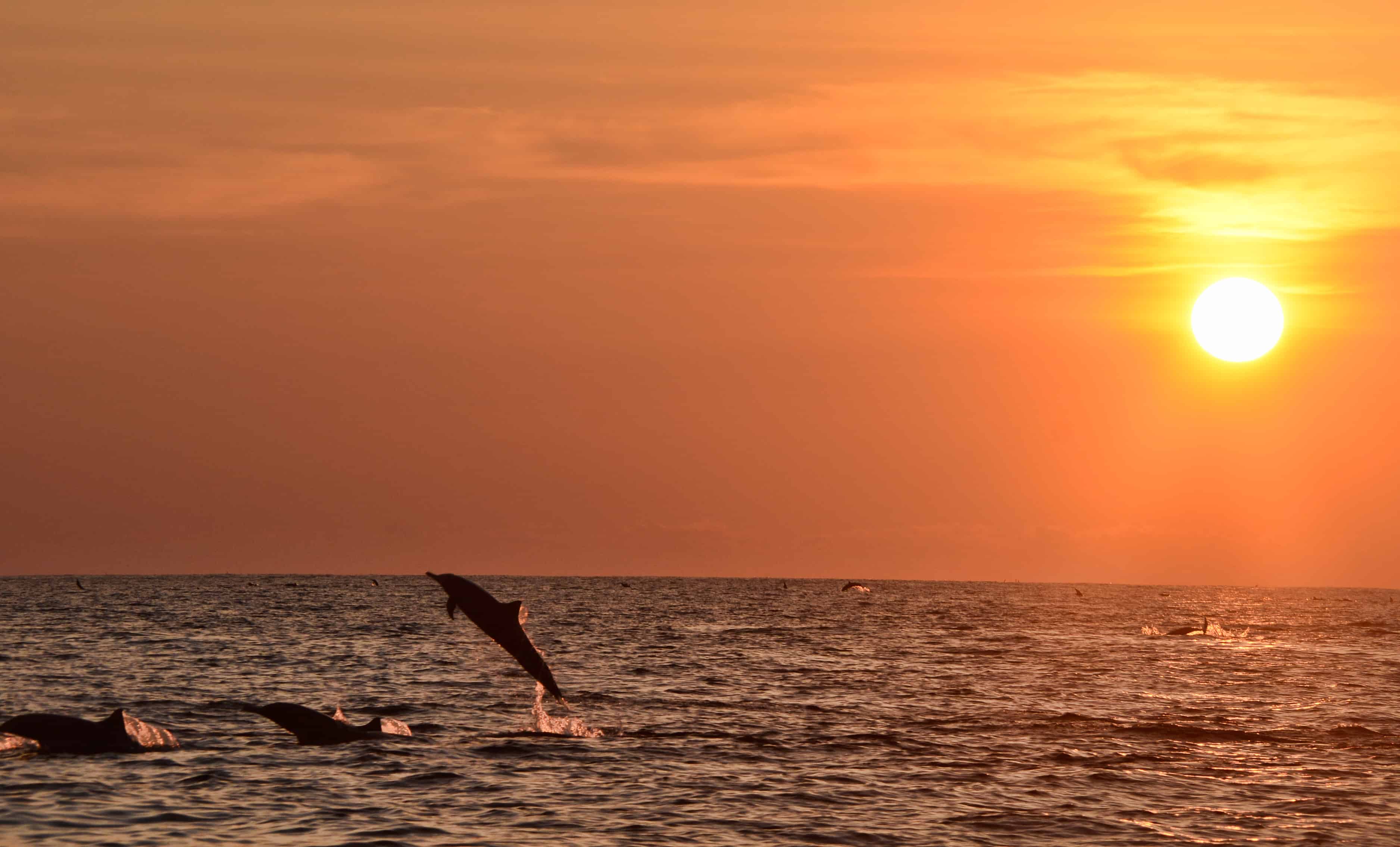Some of the world’s largest concentrations of blue whales, dolphins and sea turtles sit just off of Costa Rica’s shores. For years, this biological hot spot, known as the Central American Dome, has been an unregulated haven for fishermen. Now a group of ocean conservationists and National Geographic filmmakers hope to change that.
“If you care about humankind and our future, then you should care about the ocean,” National Geographic explorer Sylvia Earle said in a press conference at ocean conservation organization MarViva’s offices on Friday.
The Central American Dome is particularly important because of its high concentration of phytoplankton. The dome’s explosive plant life feeds a host of small organisms that, in turn, feed larger ocean life. The result is a 1,570,470 square-kilometer area of ocean with one of the highest populations of sea creatures.
Mission Blue, Earle’s ocean conservation alliance, has named the Central American Dome as one of its “Hope Spots.” The organization has demarcated 50 of these areas due to their important roles in ocean biodiversity and production.
“Many of these spots are in deep ocean, a part of the unregulated global commons,” Earle told The Tico Times. “They belong to everyone and to no one, but if we can get people to agree to protect them then we can begin to repair our oceans.”
The National Geographic team began filming a documentary about the dome Monday on Costa Rica’s Playa Grande, a Pacific beach. The film will follow leatherback sea turtles on their journey from the deep waters of the Central American Dome to shore to lay their eggs. The second phase, deep-ocean filming, is set to start in 2015.
Along with spreading awareness, the documentary is supposed to inspire action.
“Costa Rica already has a reputation globally for being leaders in conservation of the green,” Earle said. “Now we want them to compliment that by being leaders in the conservation of the blue.”






